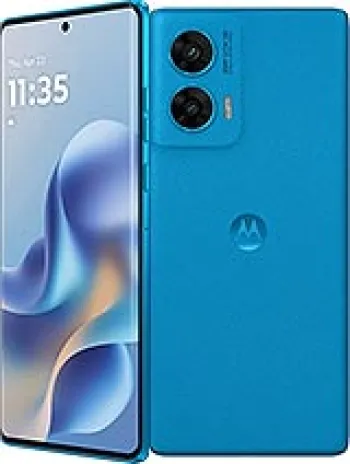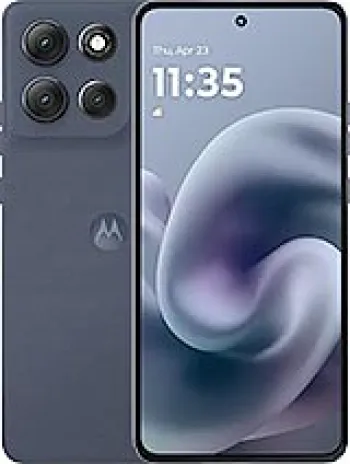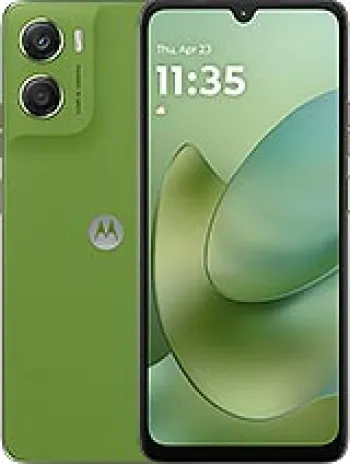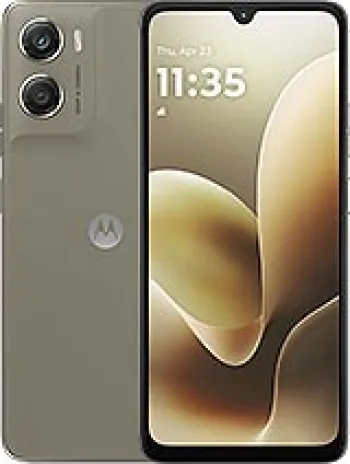
Overview of Motorola DROID BIONIC XT875
The Motorola DROID BIONIC XT875 made its debut in 2011 as one of the anticipated dual-core smartphones offering high-speed 4G LTE connectivity. This was an era where smartphones were rapidly evolving, bringing new features and technologies. This device was targeted toward tech enthusiasts and users looking for a potent mix of productivity and entertainment features.
Design and Build
The Motorola DROID BIONIC comes with a robust build, measuring 127.5 x 66.9 x 11 mm and weighing 158.8 grams. Its sleek black finish resonates with the professional look that many users were fond of. The device is equipped with a Mini-SIM slot, which was the standard for smartphones during that period.
Display
The device features a 4.3-inch TFT display with a resolution of 540 x 960 pixels. This setup results in a pixel density of approximately 256 pixels per inch, providing clear and vibrant visuals. For its time, this screen size and resolution offered a good balance between portability and a satisfying viewing experience.
Performance
Under the hood, the DROID BIONIC is powered by the Texas Instruments OMAP 4430 chipset, featuring a dual-core 1.0 GHz Cortex-A9 CPU and a PowerVR SGX540 GPU. The combination of these components provided moderate performance suitable for daily tasks like web browsing, multimedia consumption, and basic gaming. While not comparable to modern smartphones, it was competitive in its era.
Software
Running on Android 2.3.4 Gingerbread, the DROID BIONIC offered users a user-friendly interface with access to a wide array of applications via the Android Market (now Google Play Store). Although it didn't have the advanced features of later Android versions, it still managed productivity tools, social media, and basic applications effectively.
Camera Capabilities
The device is equipped with an 8 MP primary camera featuring autofocus and an LED flash, capable of recording 1080p videos at 30 frames per second. This made it an attractive option for users keen on capturing high-resolution photos and videos. For selfies and video calls, a VGA front-facing camera was provided, which was quite standard at that time.
Battery Life
The Motorola DROID BIONIC is powered by a removable 1735 mAh Li-Ion battery, offering a standby time of up to 195 hours and a talk time of approximately 10 hours and 40 minutes. This was considered decent for a smartphone with such a hardware configuration and high-speed LTE capabilities, ensuring users could get through a typical day without needing a recharge.
Storage and Memory
The device comes with 16GB of internal storage and offers expandable memory via a microSDHC card slot, allowing more flexibility to store apps, photos, and media files. It also includes 1GB of RAM, providing adequate multitasking abilities, which was a strong feature during its release.
Connectivity
In terms of connectivity, the DROID BIONIC supports CDMA, EVDO, and LTE network technologies, which were part of the expanding network capabilities in the US and other markets. For local connectivity, it includes Wi-Fi 802.11 b/g/n, Bluetooth 2.1 with A2DP support, and GPS with A-GPS support, offering a comprehensive suite of communication options.
Audio and Multimedia
Multimedia experience is enhanced with a loudspeaker and a 3.5mm headphone jack, enabling users to enjoy music and video content comfortably. Although it does not include an FM radio, the device supports various audio formats, making it a versatile media player.
Sensors and Additional Features
The device is equipped with essential sensors like an accelerometer, proximity sensor, and compass, contributing to the functionality and usability of the smartphone. The browser supports HTML and Adobe Flash, allowing users to browse the web with access to richer media content, which was particularly useful before HTML5 became dominant.
Conclusion
The Motorola DROID BIONIC XT875 stands as a representation of the technological strides made in the early 2010s. With its combination of 4G LTE connectivity, a robust dual-core processor, and high-resolution camera, it catered to early adopters looking to experience new mobile innovations. While it seems outdated by today's standards with the rapid advancements in smartphone technology, it remains a notable entry in the history of mobile devices.
Key Features of Motorola DROID BIONIC XT875
- Supports advanced network technologies including CDMA, EVDO, and LTE for fast connectivity.
- Released in September 2011 with a sleek design.
- 4.3-inch TFT display with a resolution of 540 x 960 pixels, offering sharp visuals.
- Powered by Android 2.3.4 (Gingerbread) and a dual-core 1.0 GHz Cortex-A9 processor for efficient performance.
- Includes a TI OMAP 4430 chipset and PowerVR SGX540 GPU for enhanced graphics handling.
- Offers 16GB of internal storage, expandable via microSDHC card slot.
- Main camera: 8 MP with autofocus and LED flash, capable of recording 1080p video at 30fps.
- VGA front-facing camera for selfies and video calls.
- Features Wi-Fi 802.11 b/g/n for wireless connectivity and DLNA support.
- Equipped with Bluetooth 2.1, GPS, and a microUSB 2.0 port for versatile connectivity options.
- Removable Li-Ion 1735 mAh battery with up to 10 hours and 40 minutes of talk time.
- Includes essential sensors such as accelerometer, proximity sensor, and compass for various functionalities.
- 3.5mm headphone jack and loudspeaker available for audio connectivity.
- Priced at approximately 210 EUR at the time of release.
Disadvantages of Motorola DROID BIONIC XT875
- Discontinued status, making it difficult to find support or replacement parts.
- Operates on the outdated Android 2.3.4 (Gingerbread), lacking the features and security improvements of newer versions.
- Limited RAM of 512MB which may affect multitasking and performance with newer apps.
- VGA resolution for the selfie camera leading to low-quality self-portraits.
- No radio functionality, which could be a drawback for users who rely on FM radio.
- Bluetooth version 2.1 is considered outdated compared to modern standards, potentially affecting device connectivity and audio quality.
- Relatively small battery capacity of 1735 mAh, potentially leading to shorter battery life compared to modern smartphones.
- Mini-SIM slot, which is less convenient since most modern phones use nano-SIM cards.
- Heavier body at 158.8 g, which might be cumbersome for some users.

View Also
More Phones
All Rights Reserved +14266 Phones © Mobilawy 2025

























